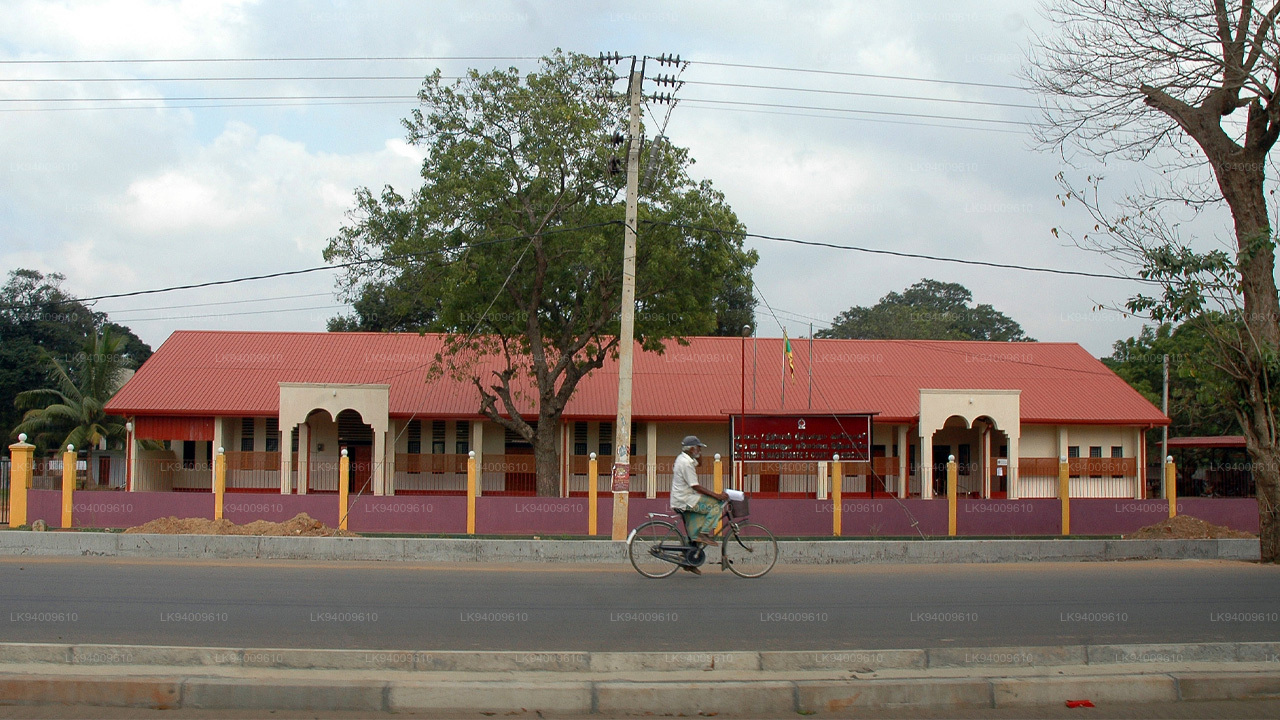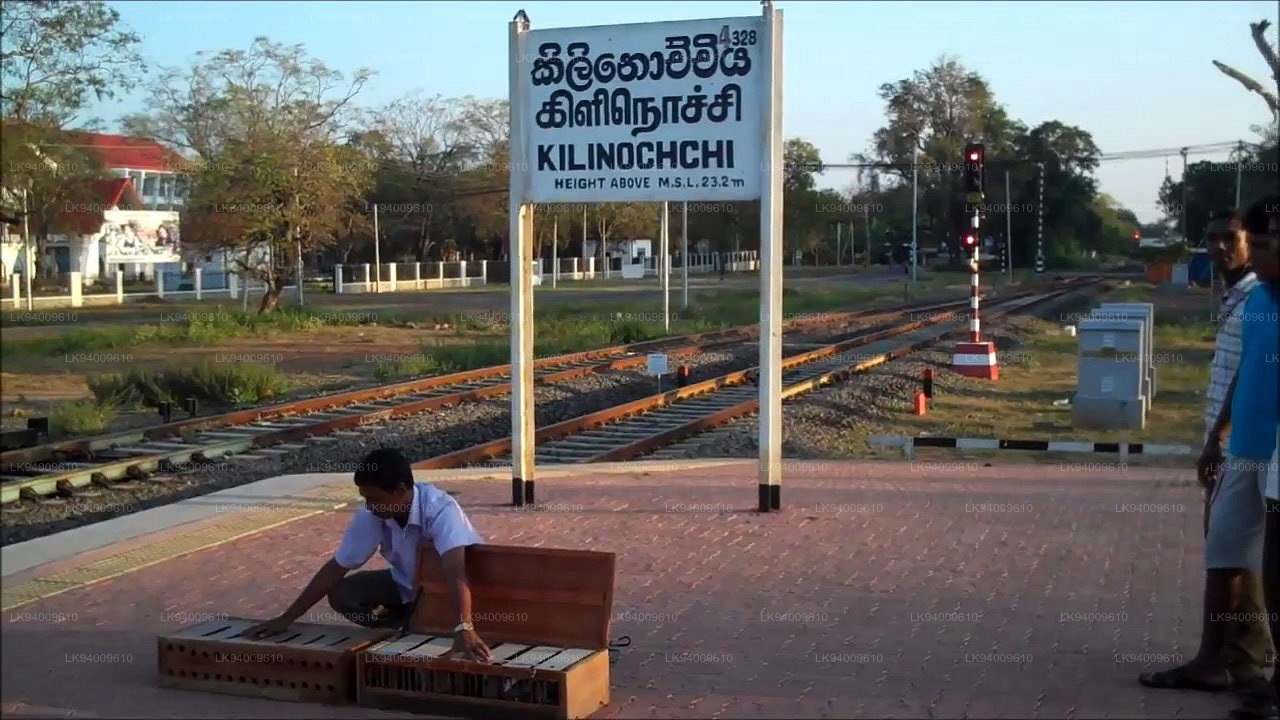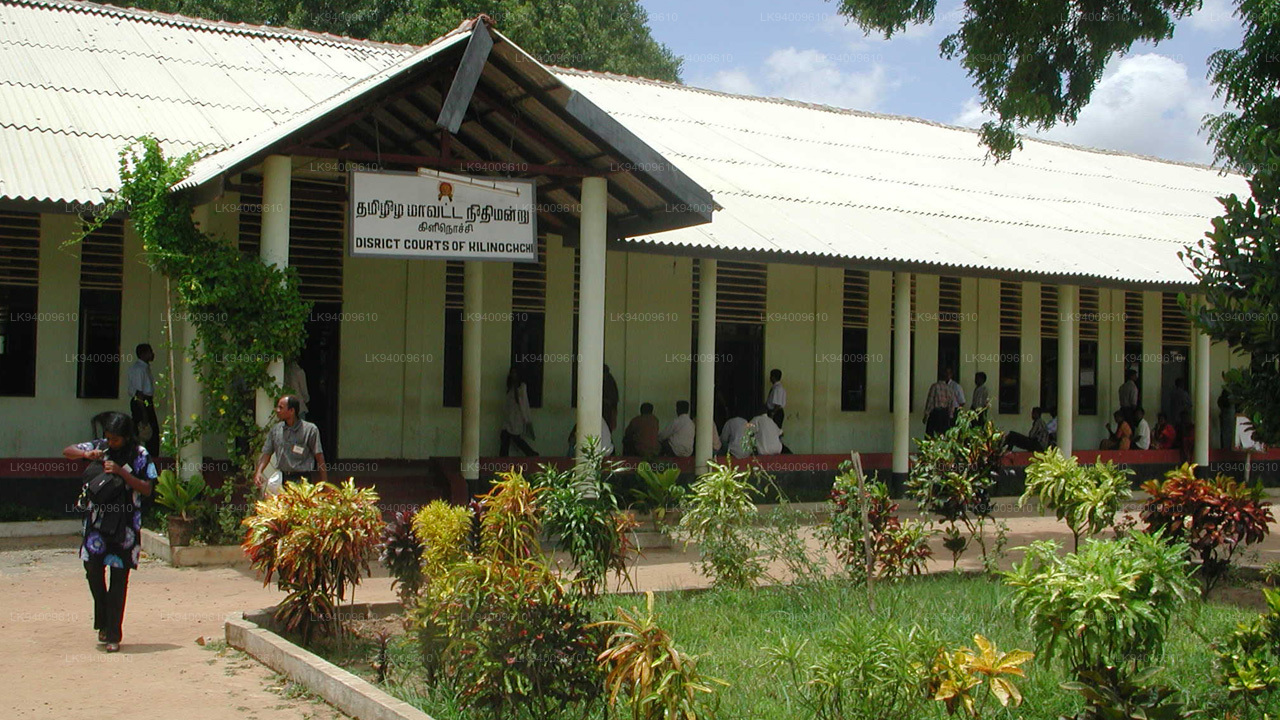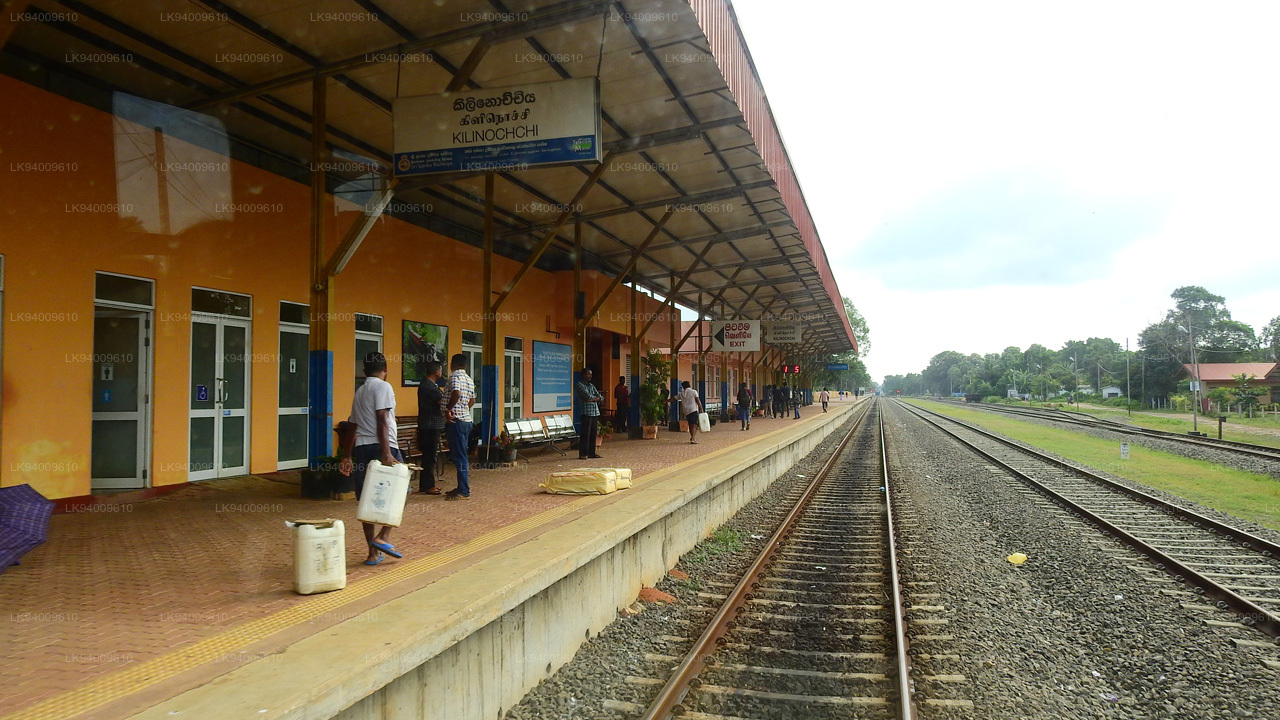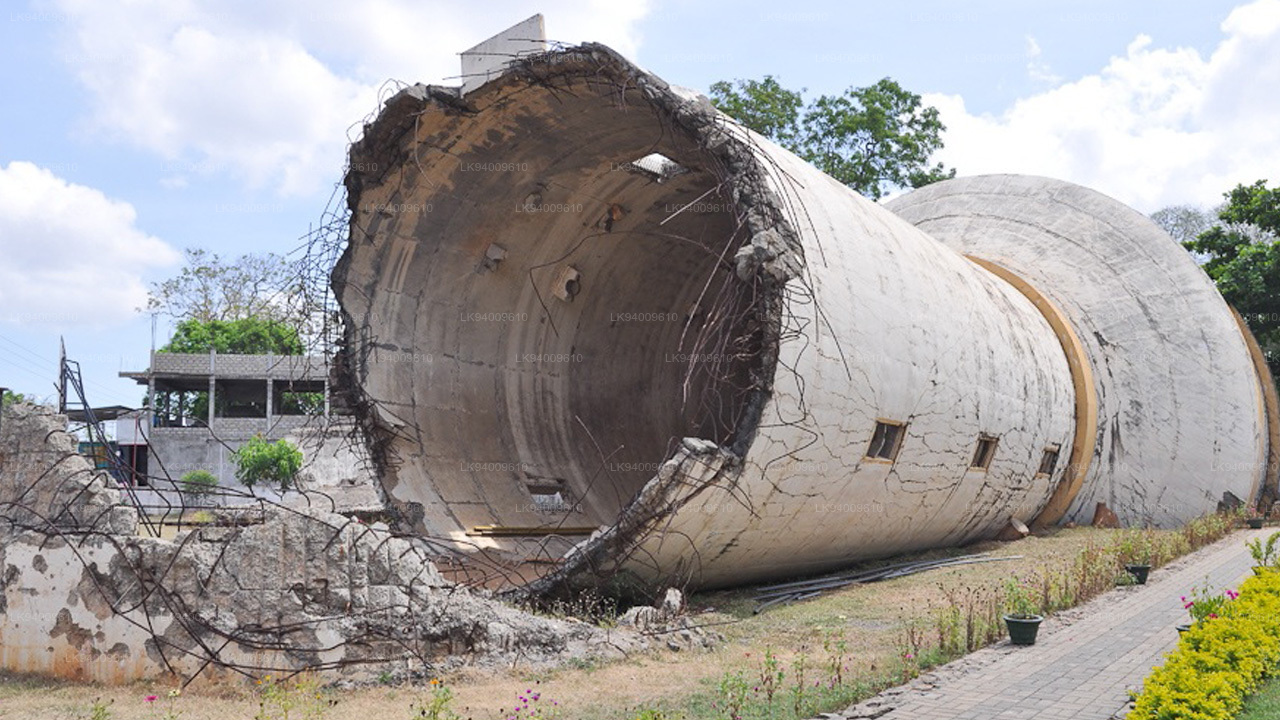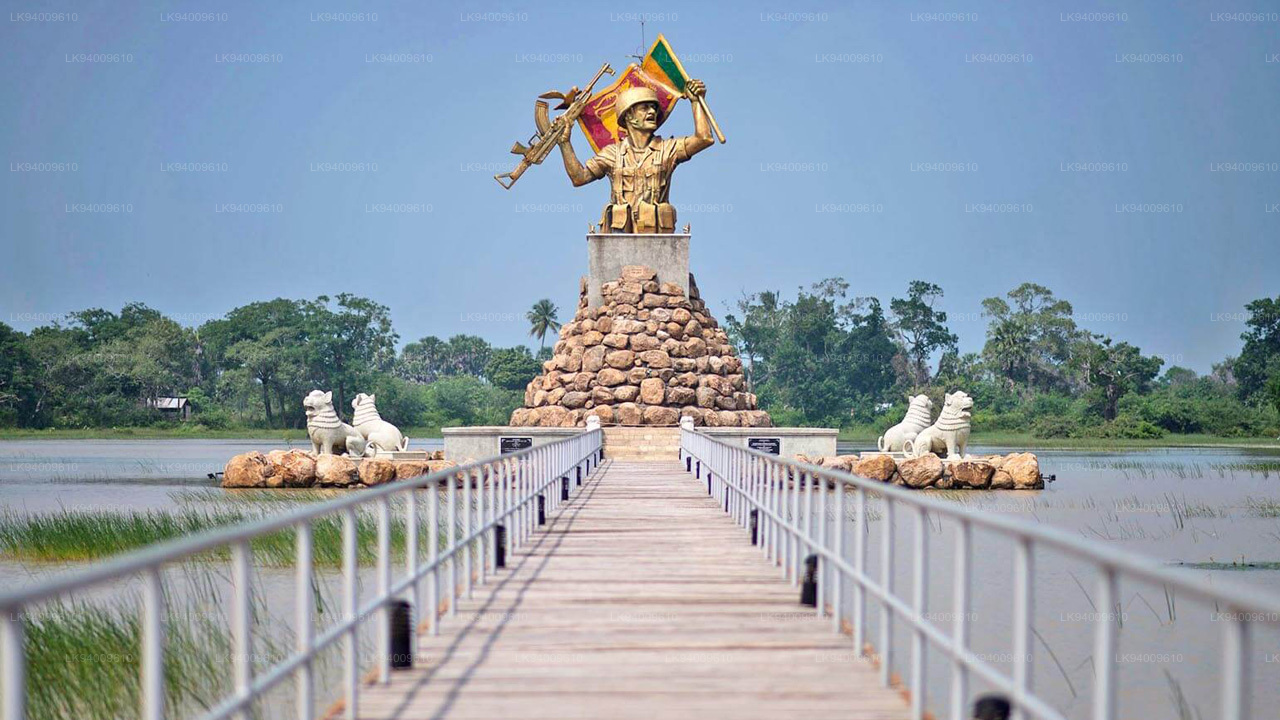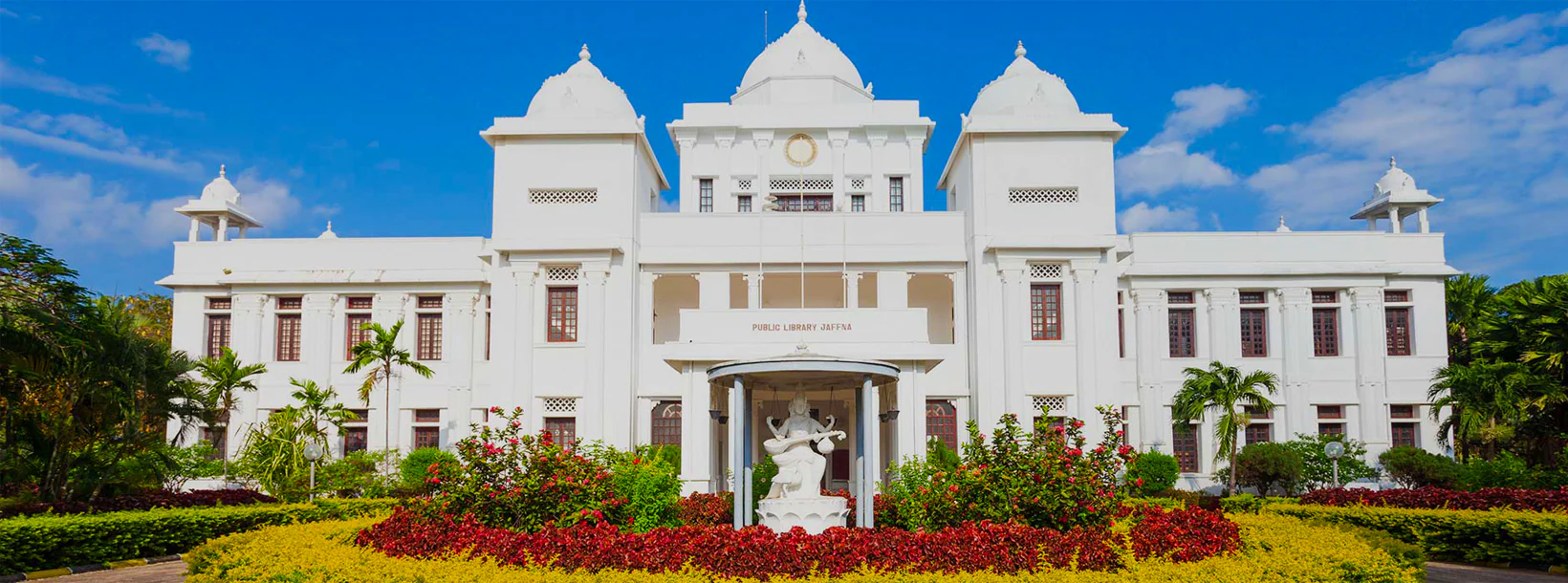
Jaffna City
Jaffna is the main city of Jaffna peninsula in the northernmost district of Sri Lanka. Comfortable intercity busses from Colombo take 10-12 hours to reach the city of Jaffna.
キリノッチ ෴ කිලිනොච්චි
キリノッチは、スリランカ北部州キリノッチ地区の主要な町です。キリノッチは、ジャフナの南東約 100 km (62 マイル) の A9 道路に位置しています。 2009 年1 月2 日にスリランカ軍が都市を奪還するまでは、行政の中心地であり、LTTE (タミルの虎) [1] の事実上の首都でした。
キリノッチの町は、ジャフナの過剰人口と失業を緩和することを目的とした植民地化プロジェクトの一環として 1936 年に設立されました。キリノッチは現在もジャフナ選挙区の一部であり、1980年代に新しい選挙区としてジャフナ地区から分離された。この地区に住む人々のほとんどは農民であり、農作業に関係しています。人々のほとんどは、土地に対する政府の補助金を獲得し、水田(米)栽培に従事するために、1930年代にジャフナから移住してきました。丘陵地帯からキリノッチへの大規模な移民の流入は 1970 年代に起こりました。その後、内戦中(1990 年以降)に海外(ヨーロッパ、米国、カナダ、オーストラリアなど)に移住しました。内戦終結後、人口は再び増加している。
スリランカ内戦LTTE は 1990 年に陸軍がキリノッチから守備隊を撤退させたときに初めて町を占領した。その後、この地域は1996年9月のサトジャヤI、II、III作戦中に陸軍によって奪回された。町は1998年9月に再びLTTEの手に落ち、LTTEは2009年1月2日のキリノッチの戦いで撤退するまでそこに行政拠点を置いた。
LTTE のいくつかの機関は、進軍する政府軍による死の恐怖から、2008 年10 月初旬までにキリノッチから東約 13 キロの町タルマプラムへの移転を余儀なくされた。治安部隊本部 – キリノッチは、2009 年 6 月 29 日に町に設立されました。
キリノッチ地区について
キリノッチ地区スリランカの 25地区の 1 つであり、国の第 2 レベルの行政区画です。この地区は、スリランカ中央政府によって任命された地区書記官(以前は政府代理人として知られていた)が長を務める地区事務局によって管理されています。この地区の首都はキリノッチの町です。
紀元前 5 世紀から紀元後 13 世紀の間、現在のキリノッチ地区はラジャラータの一部でした。その後キリノッチ地区の大部分は植民地化以前のジャフナ王国の一部となった。その後、この地区はポルトガル、オランダ、イギリスの管理下に置かれました。 1815年、イギリスはセイロン島全体の支配権を獲得しました。彼らは島を民族に基づいた 3 つの行政構造、すなわち低地シンハラ人、キャンディアン シンハラ人、タミル人に分割しました。この地区は当時ジャフナ地区の一部であり、タミル政権の一部でした。 1833 年、コールブルック・キャメロン委員会の勧告に従って、民族に基づいた行政機構が 5 つの地理的州に分かれた単一行政に統合されました。ジャフナ地区はマナー地区、ヴァンニ地区とともに新しい北部州を形成しました。
About Jaffna District
Jaffna is the capital city of the Northern Province, Sri Lanka. 85% of the populations of the Jaffna and Kilinochchi districts are Hindus. The Hindus follow the Saivite tradition. The remainders are largely Roman Catholics or Protestants, some of whom are descendants of colonial settlers, known as Burghers. The Tamils are divided along caste lines, with the farmer-caste Vellalar forming the majority. Sea products, red onion, and tobacco are the main products in Jaffna.
Jaffna is home to beautiful Hindu temples. An Old Dutch Fort still stands well preserved within which is an old Church. Another example of Dutch architecture is the King's House. No visit to Jaffna is complete without tasting the exquisite Jaffna mango, reputed for its sweetness. About 3 km away is the majestic Nallur Kandaswamy Temple, home to the largest religious festival in Jaffna. The Kayts Harbour is an ancient ship docking site in the Jaffna region.
About Northern Province
The Northern Province is one of the 9 provinces of Sri Lanka. The provinces have existed since the 19th century but they didn't have any legal status until 1987 when the 13th Amendment to the 1978 Constitution of Sri Lanka established provincial councils. Between 1988 and 2006 the province was temporarily merged with the Eastern Province to form the North-East Province. The capital of the province is Jaffna.
Northern Province is located in the north of Sri Lanka and is just 22 miles (35 km) from India. The province is surrounded by the Gulf of Mannar and Palk Bay to the west, Palk Strait to the north, the Bay of Bengal to the east and the Eastern, North Central and North Western provinces to the south.The province has a number of lagoons, the largest being Jaffna Lagoon, Nanthi Kadal, Chundikkulam Lagoon, Vadamarachchi Lagoon, Uppu Aru Lagoon, Kokkilai lagoon, Nai Aru Lagoon and Chalai Lagoon.Most of the islands around Sri Lanka are to be found to the west of the Northern Province. The largest islands are: Kayts, Neduntivu, Karaitivu, Pungudutivu and Mandativu.
The Northern Province's population was 1,311,776 in 2007. The majority of the populations are Sri Lankan Tamils, with a minority Sri Lankan Moor and Sinhalese population. Sri Lankan Tamil is the major language spoken in the province by the vast majority of the population. The other language spoken is Sinhala by 1 percent of the population. English is widely spoken and understood in the cities.

